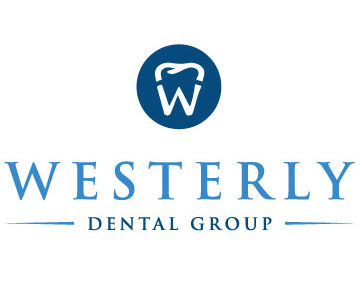Restorative vs. Cosmetic Ceramic Crowns: Understanding the Key Differences
Table of Contents
Introduction
What Are Dental Crowns?
Restorative Dental Crowns: Function and Strength
Restorative crowns are primarily used to repair and protect teeth that have suffered significant structural damage due to decay, trauma, or root canal treatments. Their main goals are:
- Restoring Functionality: These crowns allow patients to chew and bite properly.
- Strengthening Weakened Teeth: They protect teeth that are at risk of breaking.
- Longevity and Durability: Often made from materials like metal, porcelain-fused-to-metal (PFM), or zirconia, these crowns are designed to withstand strong chewing forces.
Common Types of Restorative Crowns
- Metal Crowns: Made from gold or other alloys, these are highly durable but less aesthetically pleasing.
- Porcelain-Fused-to-Metal (PFM) Crowns: Provide strength while mimicking the natural tooth appearance.
- Zirconia Crowns: A strong, tooth-colored material suitable for both front and back teeth.
Cosmetic Ceramic Crowns: Aesthetic Perfection
Cosmetic crowns, particularly all-ceramic or porcelain crowns, are designed to enhance the appearance of teeth. These crowns are often chosen by patients seeking a more natural and seamless smile. The key benefits include:
- Superior Aesthetics: Ceramic crowns closely mimic the translucency and color of natural teeth.
- Metal-Free Composition: Ideal for patients with metal allergies or sensitivities.
- Used in Smile Makeovers: Often recommended for front teeth, where appearance is a top priority.
Why Choose Ceramic Crowns for Cosmetic Dentistry?
Ceramic crowns are crafted from high-quality materials like lithium disilicate or zirconia. Advances in dental technology allow for digital impressions and custom shading, ensuring a flawless, natural-looking result. These crowns are ideal for:
- Covering severely discolored or misshapen teeth.
- Closing gaps or improving tooth alignment.
- Enhancing overall smile aesthetics after orthodontic treatment.
Key Differences Between Restorative and Cosmetic Crowns
| Feature | Restorative Crowns | Cosmetic Ceramic Crowns |
|---|---|---|
| PRIMARY PURPOSE | Function & durability | Aesthetic enhancement |
| MATERIALS USED | Metal, PFM, zirconia | All-ceramic, porcelain |
| DURABILITY | Highly durable | Durable but optimized for appearance |
| PLACEMENT AREA | Molars and back teeth | Front teeth and visible areas |
| COST | Often covered by insurance | Typically elective, may not be covered |
Making the Right Choice
If you need a crown for functional reasons, such as a damaged molar or after a root canal, a strong restorative crown may be the best option. However, if your goal is to improve your smile’s appearance, ceramic crowns are an excellent choice for a natural, beautiful look.
Before deciding, consult with a dentist to determine which type of crown best meets your needs.
References:
- American Dental Association (ADA). (2023). “Types of Dental Crowns and Their Uses.” Retrieved from https://www.ada.org
- Mayo Clinic. (2023). “Dental Crowns: What You Need to Know.” Retrieved from https://www.mayoclinic.org
- Journal of Esthetic and Restorative Dentistry. (2023). “Comparing the Aesthetic and Functional Properties of Dental Crowns.”
